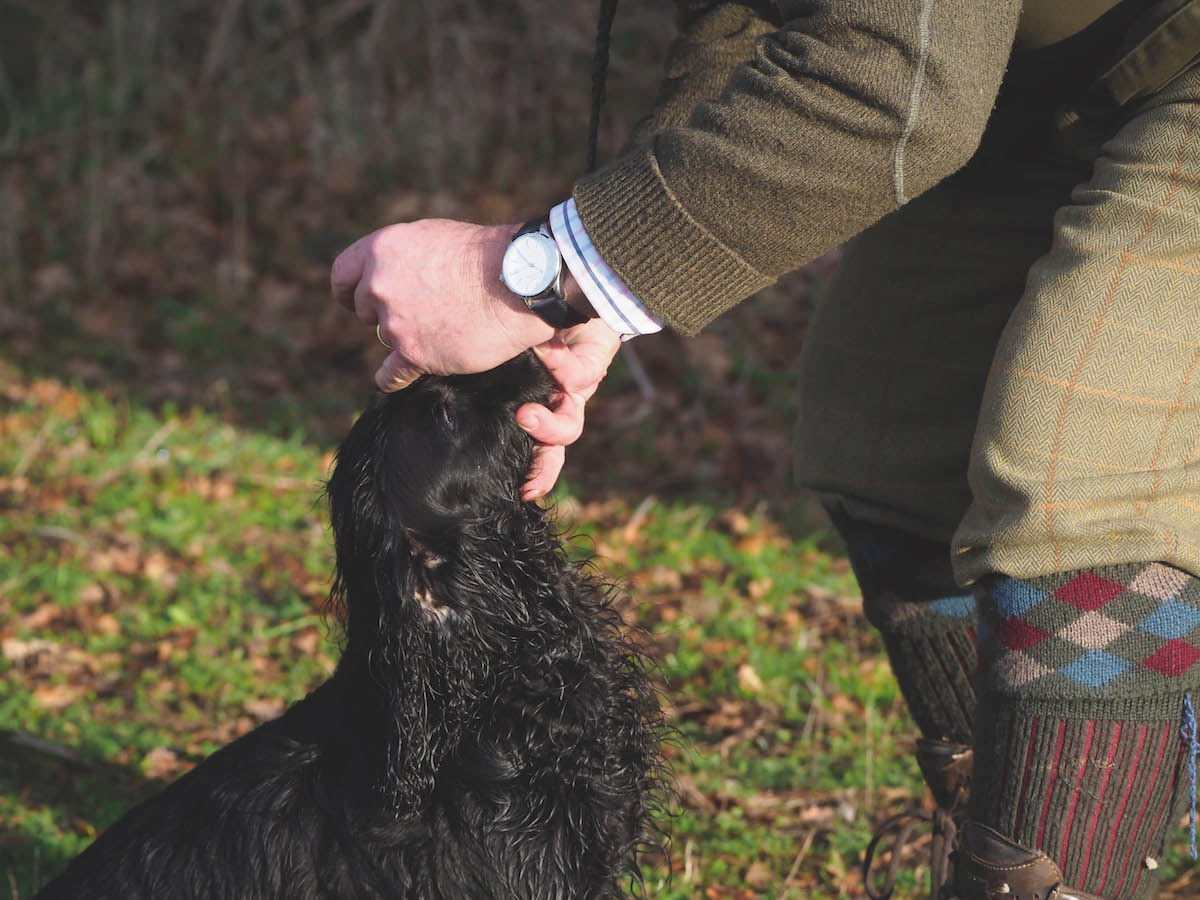How to treat gundog allergies
Gundogs are prone to allergies just like humans. Here is how to deal with them if your dog is afflicted.

Skin allergies
Many allergies become obvious in the first two years of a dog’s life. As itchiness worsens a dog may chew its feet and its trunk. The coat can become thin and skin infected due to scratching. The ears may become warm and inflamed. Flea and environmental allergies are among the most common causes of itchy skin disease in dogs. Other allergens include foods and drugs, which can cause serious illness.
Flea allergies
Flea allergies can happen to both kennelled and housed dogs, and these problems may occur all year round. Often groups of animals are infested; with allergic dogs developing more severe itchiness. A single flea bite can cause this allergy. To test for flea dirt on the coat put some on a wet tissue, flea dirt will form a brown stain. Most fleas feed on the dog, but live in the environment.
Environmental allergies
Environmental allergies can be caused by everyday household irritants such as dust mites or bedding washed in certain cleaning products, or by outdoor trees and pollens. The seasons for outdoor plants vary and so do many dog allergies. Often dogs with environmental allergy have flea allergy, so regular flea prevention treatment is important. After working outdoors wipe the allergic dog’s feet and body with a damp cloth to remove pollen.
Allergy treatments
Some allergies show up on blood tests or skin testing, but many go undiagnosed. Treatment includes removing the cause if possible, for example by treating dog and kennels against fleas. Antihistamines and steroids can reduce itchiness. Aloe vera can give relief, and medicated shampoos can prevent skin becoming infected with yeasts and bacteria. Remember to test any skin treatment on a small area first in case of drug reaction.








